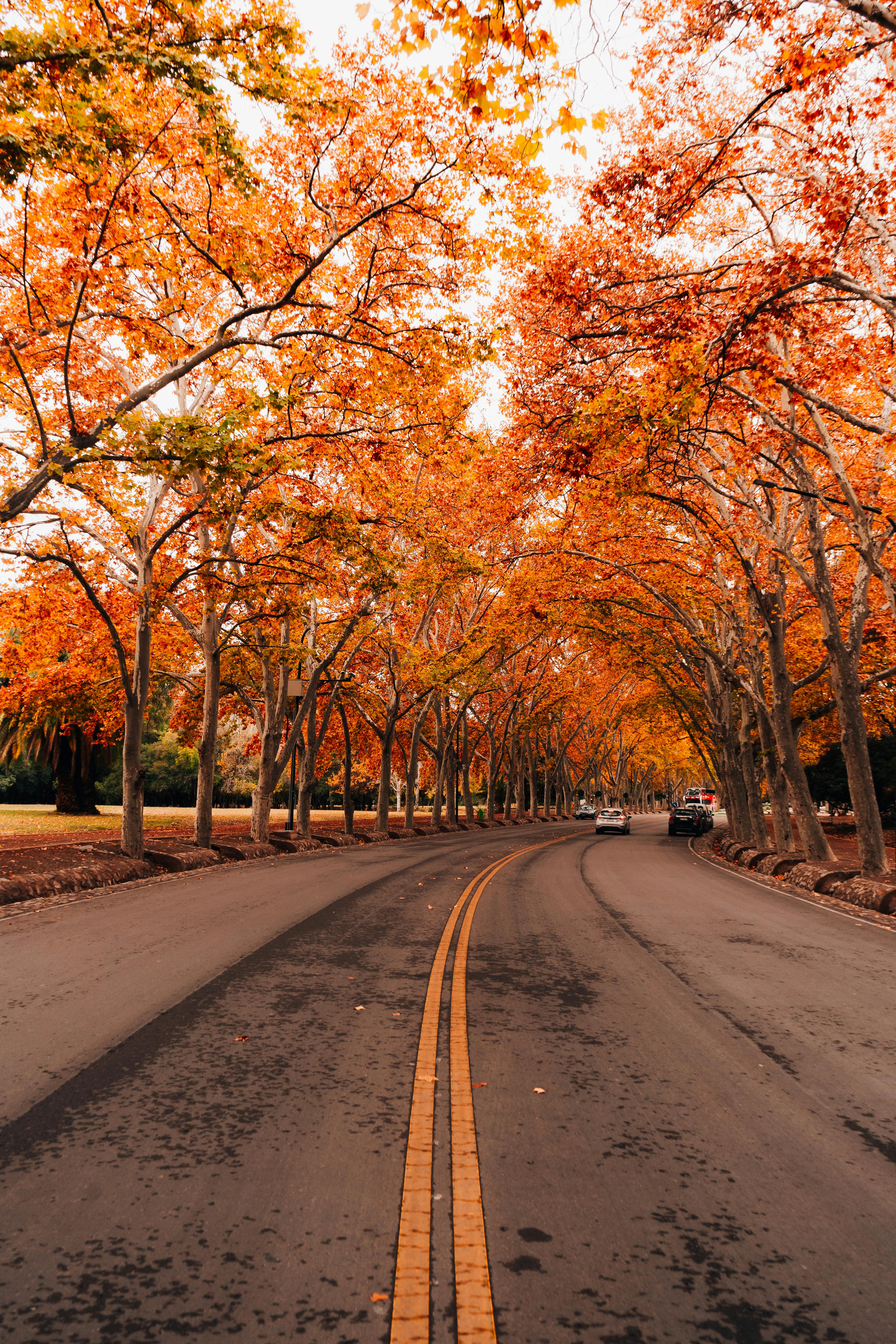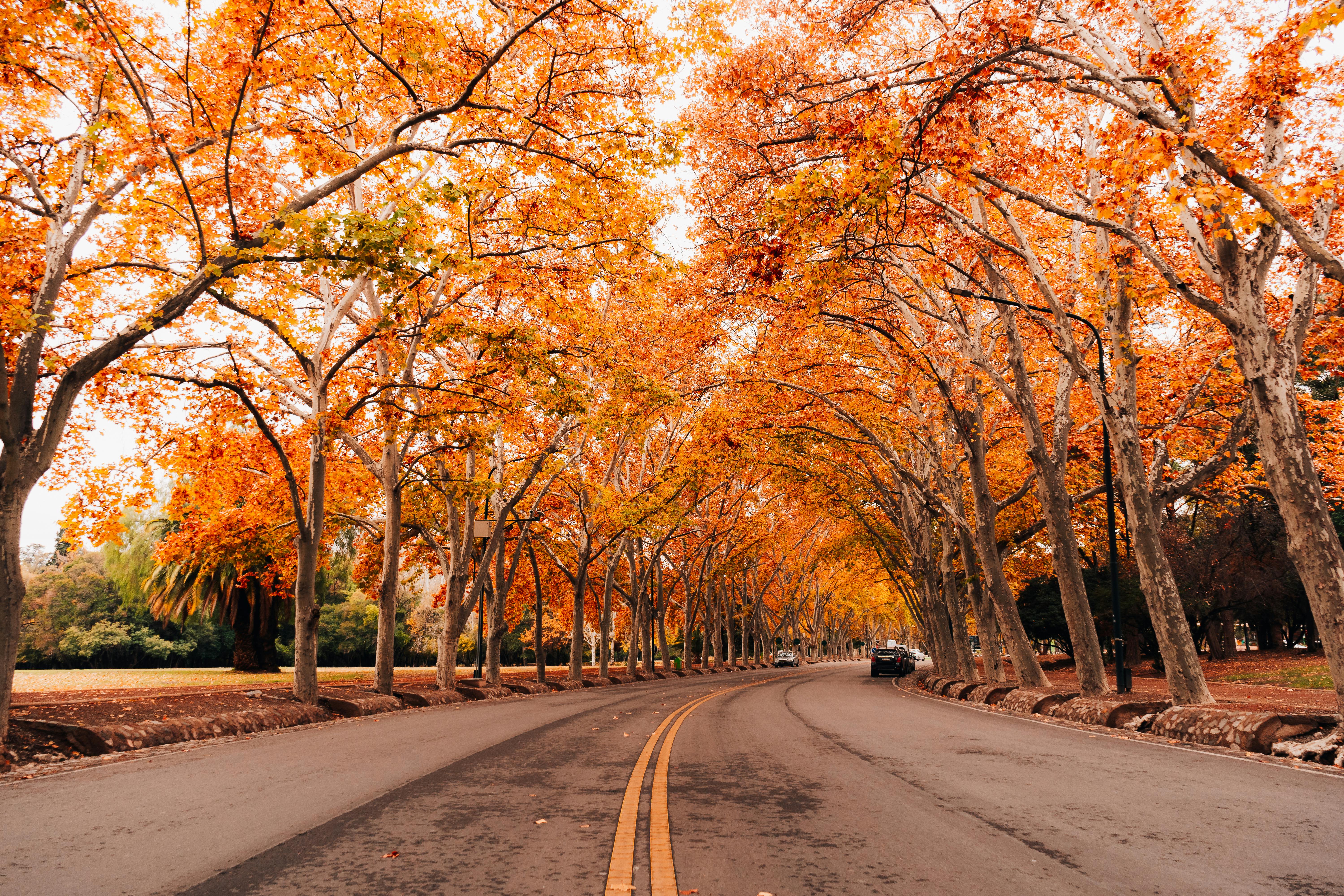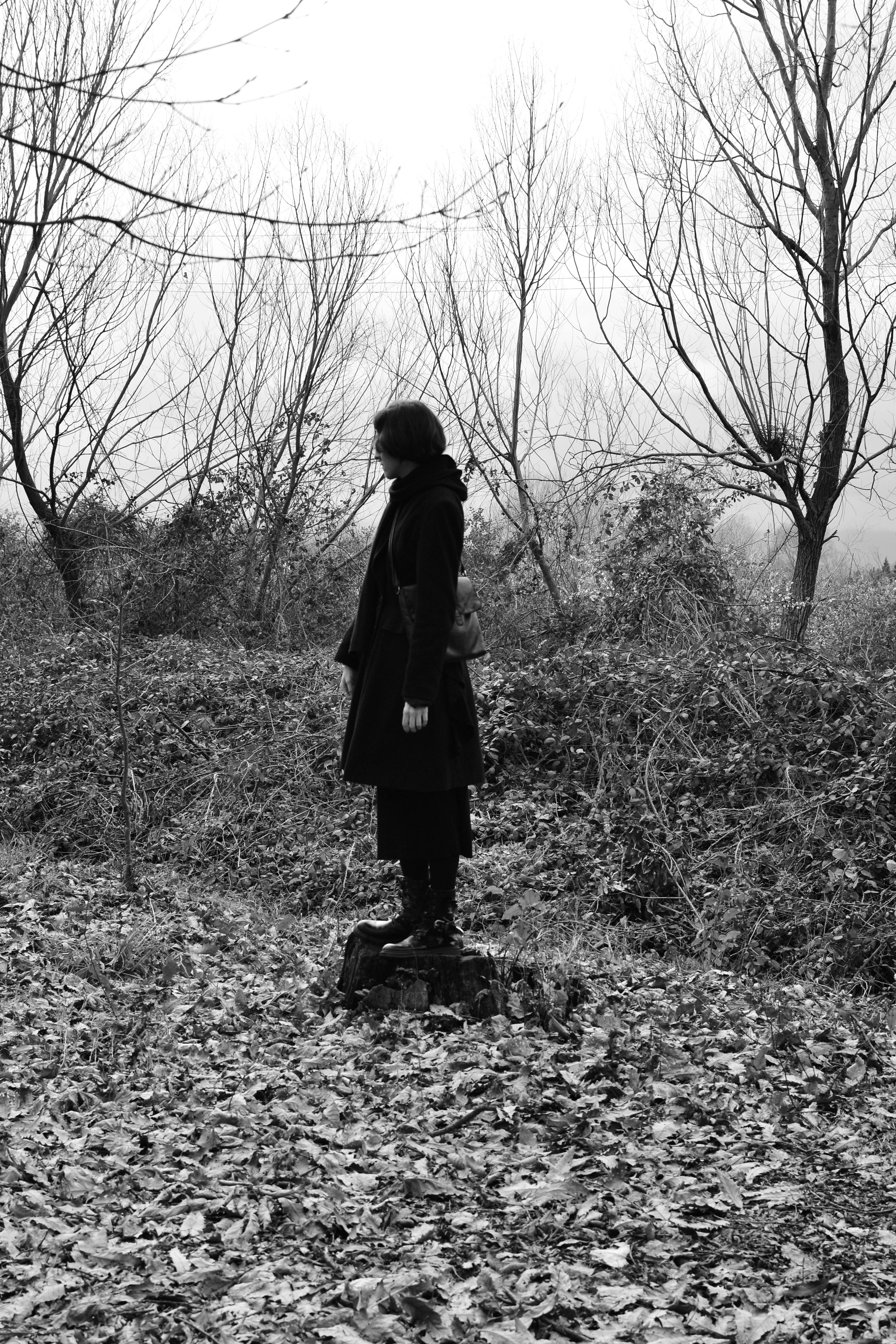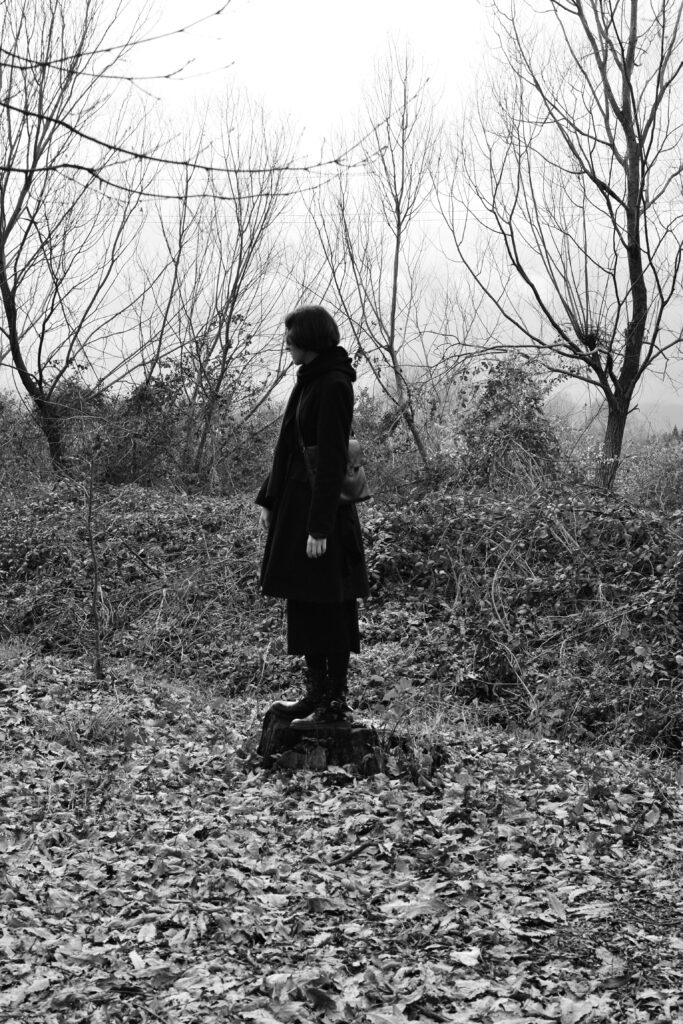Las Fallas Spain
Immerse yourself in the fiery splendor of Las Fallas, Spain’s captivating festival of artistry and tradition, celebrated each March with towering sculptures and vibrant community rituals.
Imagine walking down the streets of a Spanish town just as winter reluctantly hands over its reign to spring. The air carries the faint smell of gunpowder, thoughts of the last night’s bonfire flickering like shadows on the back of your mind. It’s Las Fallas, and you’ll soon see why this festival is a mesmerizing conflagration of artistry, tradition, and community. So buckle up—or rather, lace up your walking shoes—because you’re about to get an immersive 3,000-word tour of one of Spain’s most captivating festivals, Las Fallas.

The Origin of Las Fallas
To truly appreciate Las Fallas, you need to go back to its roots. This festival finds its origins in Pagan traditions that were later Christianized. In medieval times, artisans and carpenters celebrated the arrival of spring by burning old scraps of wood that were accumulated during the winter. This act symbolized a kind of cleansing, a way to leave the cold, dark months behind and welcome the renewal that spring brings.
As time rolled on, these simple bonfires evolved into elaborate displays known as “fallas” (a word meaning “torches” in Valencian dialects). What started as a humble act by craftsmen burgeoned into a grandiose celebration involving entire communities. Each neighborhood began to compete, each striving to outdo the other in artistic expression and spectacle.
When and Where: Timing and Location
So, when should you book your flight? Las Fallas is celebrated annually from March 15th to March 19th in the city of Valencia, though preparations and small events begin well before the main festivites. This tiny window is bursting with activity, bridging the quietude of winter and the burgeoning life of spring. The climax occurs on March 19th, known as “La Cremà,” when the effigies go up in flames in a dazzling farewell to winter.
While Valencia is the nucleus of the celebrations, many other towns and cities in the Valencian Community also partake in this exuberance. If you’re planning to explore beyond Valencia, you might want to check out places like Alzira or Gandia.
The Falla Monuments: Artistic Marvels
Once you step into the streets during Las Fallas, your eyes will be magnetically drawn to the towering structures called “fallas.” These are colossal sculptures, often reaching heights of 20 feet or more, and they’re made to be temporarily adored and then deliberately destroyed. It’s a paradox: such detailed, artistic craftsmanship, only to be devoured by flames.
Each falla consists of both major and minor elements. The main statue is called the “falla major,” while smaller, more detailed sections are “ninots.” Crafted out of materials like cardboard, wood, and foam, these creations range from satirical takes on political figures to intricate recreations of mythological scenes. Each one tells a story, often layered with social commentary and humor.
The Artisans: Behind the Scenes
So who are the magicians behind these masterpieces? They are the falleros and falleras, skilled artisans who may spend an entire year devising, sculpting, and painting their creations. Crafting a falla is no small feat; it requires artistic vision, exceptional craftsmanship, and a generous pinch of audacity. Local workshops hum with activity all year round, fervently preparing their fallas, aiming to leave an indelible mark on visitors’ memories before offering them to the flames.

The Pomp and Pageantry: Traditions and Rituals
Las Fallas isn’t just about the end product. It’s richly embellished with traditions and rituals that add texture and meaning to the festival. The streets buzz with anticipatory eagerness, each day colored by different events. One of the most striking moments is the “La Despertà,” which translates to “The Wake-Up Call.” Imagine the screeching sounds of early morning firecrackers jolting residents awake—a ritualistic alarm clock signaling the commencement of festivities.
Another significant ritual is the “La Ofrenda,” a two-day floral tribute to the Virgen de los Desamparados, Valencia’s patron saint. Thousands of people in traditional Valencian dress march in a procession, carrying elaborate flower arrangements to create a towering floral pyramid in front of the Basilica.
And of course, you can’t forget “La Mascletà,” an ear-splitting display of daytime fireworks arranged in rhythmic patterns. This daily event occurs at the Plaza del Ayuntamiento and is a sensory overload of sound that showcases the maestro’s ability to orchestrate explosions into a symphonic climax.
Food and Drink: A Gastronomic Experience
What’s a festival without food and drink? Your culinary journey during Las Fallas will be just as memorable as the artistic spectacles. The streets of Valencia are studded with food stalls and pop-up kitchens offering authentic Valencian dishes. There’s something soul-warming about paella, Valencia’s most renowned dish, served sizzling right out of a gargantuan pan.
Sweet lovers won’t be disappointed either. Don’t miss out on buñuelos, delightful fritters usually coated in sugar or drizzled with chocolate. If you’re up for trying something uniquely Valencian, sip on “Horchata,” a refreshing beverage made from tiger nuts that’s creamy and sweet, perfect for balancing the heat of spicy chorizo or grilled meats.

The Nightlife: Colors in the Dark
As night falls, a different kind of magic awakens. Illuminated by thousands of lights, the streets of Valencia transform into an enchanting labyrinth of festivities. While there are plenty of bars and clubs, most people find themselves enchanted by the open-air celebrations. DJs set up shop at pop-up venues, live bands play from makeshift stages, and everywhere you turn, there’s music, laughter, and the rhythm of dancing feet.
La Cremà: The Grand Finale
All good things must come to an end, and Las Fallas saves its most breathtaking ritual for last. On the night of March 19th, the grand finale—”La Cremà”—ensues. It’s the moment when the magnificent fallas meet their fiery end. Neighborhood by neighborhood, the fallas are set alight, their towering forms consumed by flames, leaving behind nothing but ash and awe.
It’s a stunning paradox: such skill, effort, and artistry, all reduced to embers in a night. But that’s where the true beauty of Las Fallas lies—it’s a reminder that creation and destruction are cyclical, a cathartic nod to the impermanence of life. Each flame-licked effigy is a testament to renewal, making way for new dreams and aspirations.
The Aftermath: What Remains
Come the morning of March 20th, remnants of the festival still hum in the air, a lingering echo of the revelry. The city of Valencia awakens, a little charred but far from weary. You’ll find families strolling through streets, now cleared of the grand structures, yet brimming with memories. Life carries on, yet there’s a certain glow in the eyes of those who witnessed the spectacle, a twinkle that speaks of renewal and unspoken stories.
Why You Should Experience Las Fallas
By now, you must be intrigued by the idea of experiencing Las Fallas firsthand. It’s not just a festival; it’s an immersive cultural phenomenon that encompasses art, history, and community spirit. Whether you’re marveling at artistic sculptures, participating in time-honored rituals, or feasting on delicious Valencian cuisine, Las Fallas offers an unparalleled cultural adventure.
Tips for First-Time Visitors
A bit of preparation can go a long way in making your Las Fallas experience unforgettable. Here are some practical tips for your journey:
- Book Early: Hotels and accommodations fill up fast. Make sure to book your stay well in advance.
- Pack Light but Smart: Comfortable walking shoes are a must. You’ll be on your feet, exploring the city extensively.
- Ear Protection: Las Fallas is LOUD. Carry earplugs, especially if you have sensitive ears.
- Stay Hydrated: With all that feasting and dancing, don’t forget to drink plenty of water.
- Learn Basic Spanish: While many locals speak English, knowing a few key phrases in Spanish can enhance your experience.
- Respect the Rituals: Las Fallas is steeped in tradition. Be respectful and mindful of local customs and practices.
Conclusion: Leaving a Lasting Impression
Whether you’re a casual traveler or a die-hard festival-goer, Las Fallas will leave an indelible mark on your soul. It’s a celebration of both the ephemeral and the eternal, a loving tribute to art, culture, and community. By experiencing Las Fallas, you’re not just a spectator; you’re a participant in a centuries-old tradition that continues to evolve and inspire.
So, there you have it. An in-depth dive into Las Fallas, from its historic roots to its awe-inspiring finales. If this has kindled your curiosity, go ahead and start planning your trip. You won’t regret it.
Enjoyed the article? Clap it up, leave a comment, or subscribe to my Medium newsletter for more captivating tales and travel inspirations. Cheers to new adventures!



